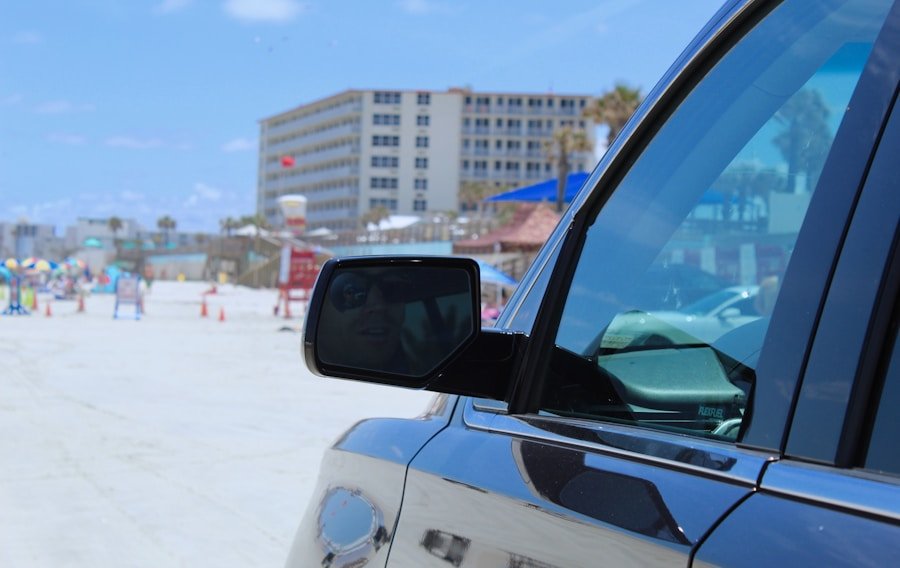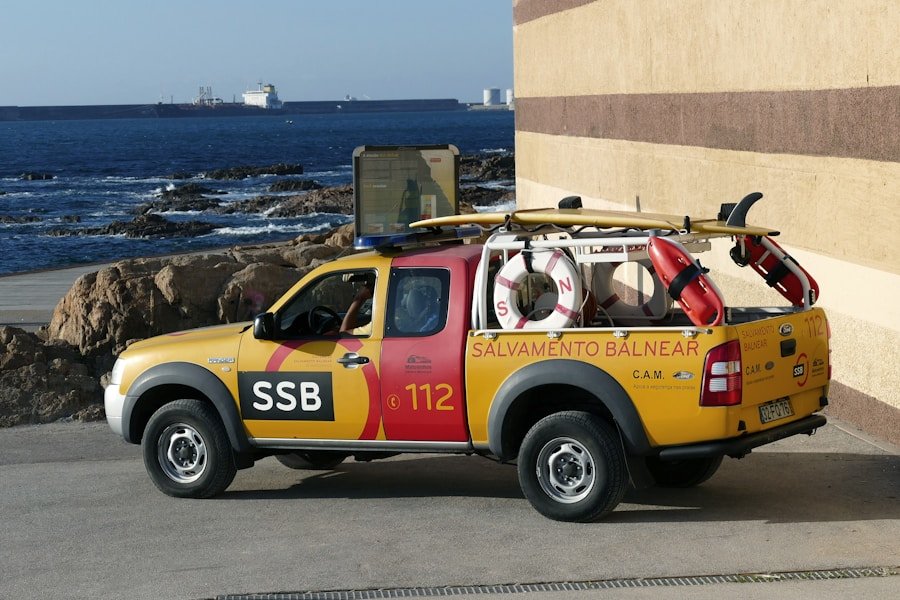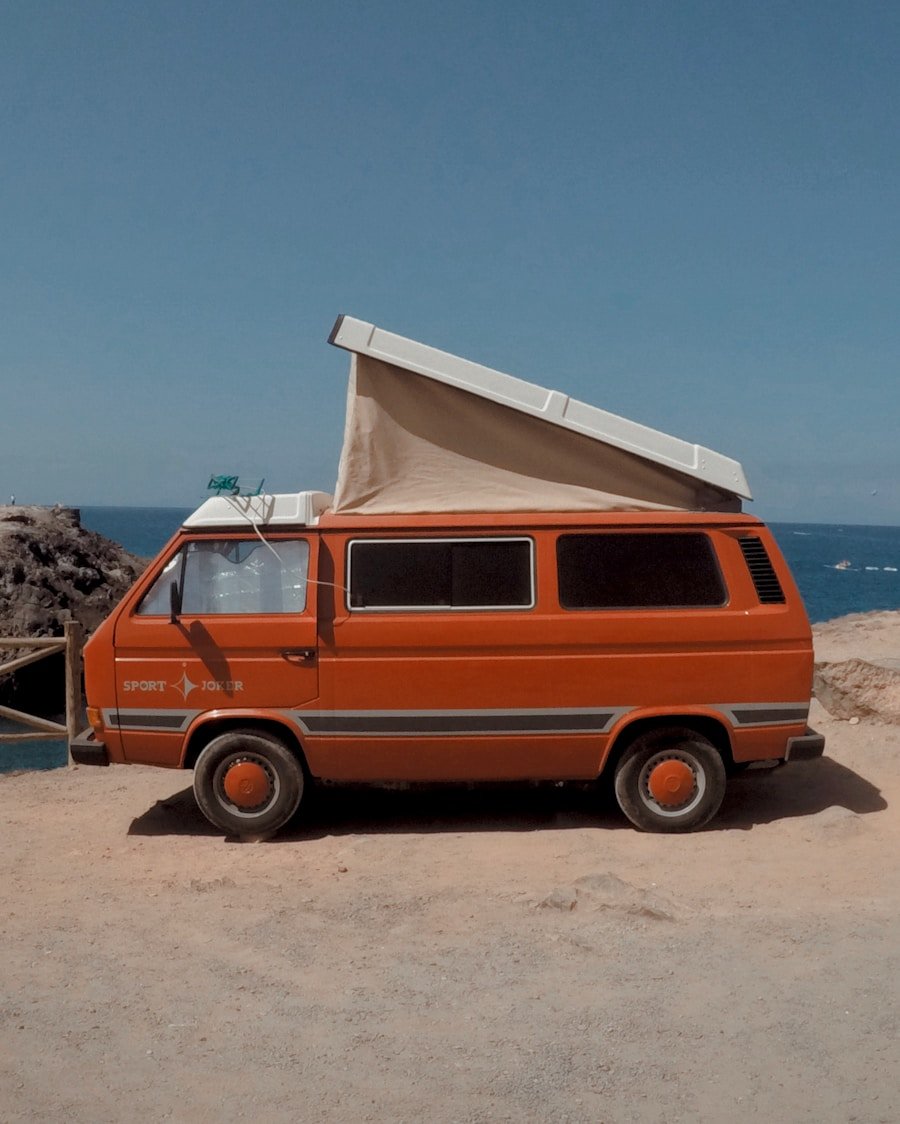When you decide to drive in a new country, it is crucial to familiarise yourself with the local driving laws and regulations. Each country has its own set of rules that govern how vehicles are operated, and understanding these can help you avoid fines or accidents. In Cabo, for instance, you will find that driving is on the right side of the road, which may differ from what you are accustomed to.
It is essential to pay attention to speed limits, which are typically posted in kilometres per hour, and to be aware that these limits can vary significantly depending on whether you are in urban areas or on rural roads. Moreover, you should be aware of the legal requirements for driving in Cabo. This includes having a valid driver’s licence, which should ideally be an international driving permit if your home country’s licence is not in Spanish.
Additionally, it is mandatory to wear seat belts at all times, and using a mobile phone while driving is strictly prohibited unless you have a hands-free device. Familiarising yourself with these laws not only ensures your safety but also enhances your overall driving experience in Cabo.
Summary
- Drive on the left side of the road and familiarize yourself with local traffic signs and regulations when driving in the UK.
- Consider the size of the car, fuel efficiency, and whether it’s manual or automatic when choosing the right type of car for your needs.
- Make sure to have the necessary insurance coverage and understand the requirements for driving in the UK.
- Research fuel and toll costs in advance to budget for your trip and avoid unexpected expenses.
- Check the weather and road conditions before setting out on your journey and be prepared for any potential challenges.
Choosing the Right Type of Car for Your Needs
Considering the Terrain
The type of motor you choose should align with your travel plans and the terrain you expect to encounter. If you plan to explore the rugged landscapes or venture off the beaten path, a four-wheel drive motor may be your best option. This type of motor offers better handling on uneven surfaces and can navigate through sandy or rocky areas with ease.
These motors are easier to manoeuvre through busy streets and can be more economical in terms of fuel consumption.
Passenger and Luggage Considerations
Additionally, consider the number of passengers and luggage you will have; a larger motor may be necessary if you are travelling with family or friends. Ultimately, choosing the right motor will enhance your comfort and convenience while exploring Cabo.
Navigating Insurance Options and Requirements

Before hitting the road in Cabo, it is essential to understand the insurance options available to you. Car rental companies typically offer various insurance packages that can protect you against potential damages or accidents. While it may be tempting to opt for the most basic coverage to save money, it is wise to consider the potential risks involved in driving in an unfamiliar area.
Comprehensive insurance can provide peace of mind, allowing you to enjoy your trip without constantly worrying about unforeseen incidents. Additionally, check whether your personal car insurance or credit card offers coverage for rental vehicles abroad. Some policies may extend their coverage internationally, which could save you money on additional insurance from the rental company.
However, ensure that you fully understand the terms and conditions of any coverage before relying on it. By carefully navigating your insurance options, you can ensure that you are adequately protected during your time in Cabo.
Understanding Fuel and Toll Costs
| Vehicle Type | Fuel Efficiency (mpg) | Fuel Cost per Litre | Average Toll Cost per Journey |
|---|---|---|---|
| Car | 40 | £1.30 | £5.00 |
| Van | 30 | £1.35 | £8.00 |
| Truck | 10 | £1.40 | £15.00 |
Fuel costs can vary significantly depending on where you are driving, so it is important to budget accordingly. In Cabo, petrol stations are widely available, but prices may fluctuate based on location and demand. It is advisable to fill up your tank before embarking on longer journeys, especially if you plan to explore more remote areas where fuel stations may be sparse.
Familiarising yourself with local fuel types—such as regular unleaded and premium—will also help you make informed choices at the pump. In addition to fuel costs, be aware of any tolls that may apply during your travels. Certain highways and routes in Mexico require toll payments, which can add up over time.
It is wise to carry some cash for these tolls, as not all booths accept credit cards. Understanding these costs ahead of time will allow you to plan your budget more effectively and avoid any surprises along the way.
Familiarising Yourself with Local Traffic and Road Conditions
Driving in Cabo can be a unique experience due to its distinct traffic patterns and road conditions. It is essential to observe local driving behaviours, as they may differ from what you are used to. For instance, expect a more relaxed attitude towards speed limits and lane discipline; many drivers may not strictly adhere to these rules.
Being vigilant and adapting to local driving styles will help you navigate the roads more safely. Road conditions can also vary widely in Cabo. While major roads are generally well-maintained, some rural routes may be less so, featuring potholes or uneven surfaces.
If you plan to explore these areas, ensure that your vehicle is equipped for such conditions. Additionally, keep an eye out for pedestrians and cyclists, as they often share the road with vehicles. By familiarising yourself with local traffic and road conditions, you can drive more confidently and safely during your stay.
Knowing Where to Find the Best Car Rental Deals

Finding the best car rental deals in Cabo requires some research and planning. Start by comparing prices from various rental companies online; many websites aggregate offers from multiple providers, allowing you to easily identify competitive rates. Be sure to read reviews from previous customers to gauge the reliability and service quality of each company.
Consider booking your rental car in advance, especially during peak tourist seasons when demand is high. Early reservations often come with better rates and a wider selection of vehicles. Additionally, keep an eye out for special promotions or discounts that may be available through travel websites or loyalty programmes.
By taking the time to explore your options thoroughly, you can secure a great deal on your car rental in Cabo.
Tips for Driving and Parking in Cabo
Driving in Cabo can be an enjoyable experience if approached with the right mindset and preparation. One key tip is to remain patient and calm while navigating through busy areas; traffic congestion can occur during peak hours, so allow yourself extra time for travel. Additionally, always use your indicators when changing lanes or turning; this not only adheres to local laws but also promotes safer driving practices.
Parking can also present challenges in Cabo, particularly in popular tourist areas where spaces may be limited. Look for designated parking lots or garages rather than attempting to park on the street, as this can lead to fines or damage to your vehicle. When parking, ensure that your car is locked and valuables are out of sight to deter theft.
By following these tips for driving and parking in Cabo, you can enhance your overall experience while minimising stress.
What to Do in Case of an Emergency or Accident
Despite careful planning and preparation, emergencies can still occur while driving in Cabo. It is essential to know what steps to take in case of an accident or breakdown.
If there are injuries or significant damage, contact local authorities immediately by dialling 911 for assistance. After ensuring safety, exchange information with other parties involved in the accident, including names, contact details, insurance information, and vehicle registration numbers. Document the scene by taking photographs of any damages or relevant road conditions; this evidence can be invaluable when filing insurance claims later on.
Finally, notify your rental company about the incident as soon as possible; they will guide you through the necessary procedures for handling accidents involving their vehicles. By knowing how to respond effectively in emergencies or accidents, you can navigate these challenging situations with greater confidence and composure during your time in Cabo.
If you are considering renting a car in Cabo, you may want to check out the article “Top Tips for Renting a Car in Cabo”. This informative piece provides valuable insights on how to navigate the process of renting a car in Cabo and offers practical advice for making the most of your rental experience. Whether you are a first-time visitor or a seasoned traveller to Cabo, this article is a must-read for anyone looking to explore the beautiful region at their own pace.
FAQs
What do I need to rent a car in Cabo?
To rent a car in Cabo, you will need a valid driver’s license, a credit card in the name of the primary driver, and a passport if you are a foreign visitor.
What is the minimum age to rent a car in Cabo?
The minimum age to rent a car in Cabo is typically 25 years old. Some rental companies may allow drivers as young as 21, but they may charge a young driver surcharge.
Do I need insurance to rent a car in Cabo?
Yes, it is mandatory to have insurance when renting a car in Cabo. Most rental companies include basic insurance in the rental price, but you may also have the option to purchase additional coverage for extra peace of mind.
What type of driving licence do I need to rent a car in Cabo?
You will need a valid driver’s license from your home country to rent a car in Cabo. If your license is not in English, it is recommended to also carry an International Driving Permit (IDP) as a translation.
Can I drive a rental car from Cabo to other parts of Mexico?
Yes, you can drive a rental car from Cabo to other parts of Mexico. However, it is important to check with the rental company about any restrictions or additional fees for taking the car out of the local area.
What are the road conditions like in Cabo?
The road conditions in Cabo can vary, with major highways being well-maintained but some rural roads may be in poorer condition. It is advisable to drive cautiously and be aware of local driving habits.
Are there any specific traffic rules I should be aware of in Cabo?
In Cabo, it is important to drive on the right-hand side of the road and to obey all traffic signs and signals. Seat belts are mandatory for all passengers, and the legal blood alcohol limit is 0.08%.
Can I return the rental car to a different location in Cabo?
Some rental companies may allow you to return the car to a different location within Cabo, but this may incur an additional fee. It is best to check with the rental company at the time of booking.



